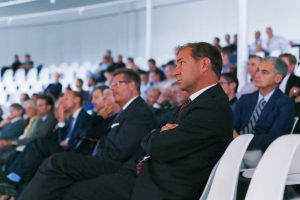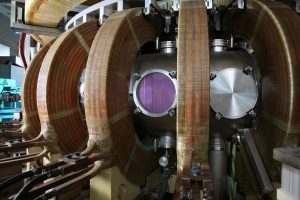History of the Swiss Plasma Center
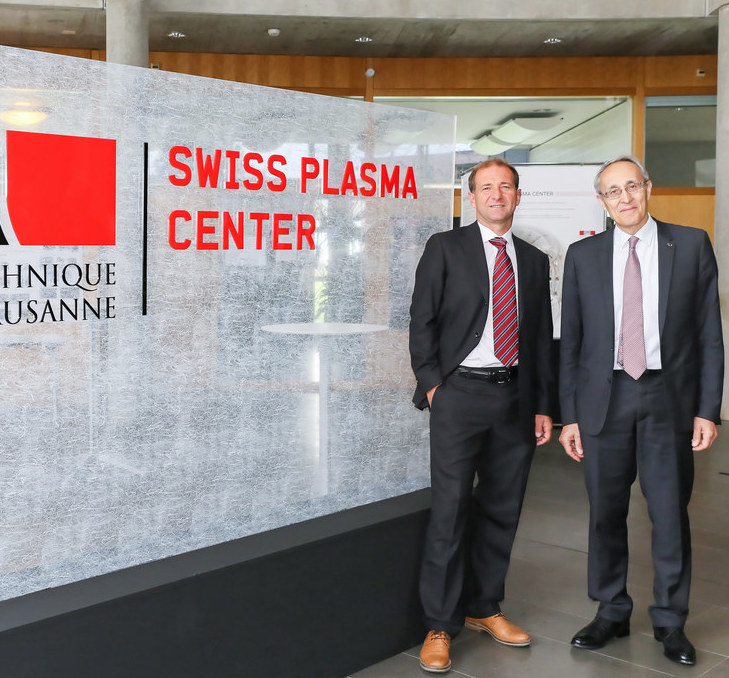
Opening ceremony of the Swiss Plasma Center (SPC), 2015. Left: Ambrogio Fasoli, SPC director Right: Bernard Bigot, ITER director general © Murielle Gerber, EPFL
Timeline
Creation of the Plasma Physics Laboratory (PPL) by the ‘Special Committee for Atomic Science’, formed by Federal Council and National Science Foundation
1968
The Plasma Physics Laboratory (PPL) becomes the “Centre de recherches en physique des plasmas” (CRPP), the main laboratory in Switzerland involved in plasma physics and in fusion as a source of energy
The “Centre de recherches en physique des plasmas” (CRPP) joins EPFL
1978
The Swiss confederation and Euratom sign a cooperation agreement enabling Switzerland to participate in European research in the field of nuclear fusion. The “Centre de recherches en physique des plasmas” (CRPP) at EPFL and the State Secretariat for Education, Research and Innovation represent Switzerland in the steering committees of the Euratom programme.
1989
1992
Construction of the second tokamak, the experimental fusion reactor TCV (Tokamak à Configuration Variable). Its distinctive characteristic: enabling the testing of various plasma shapes
Development of Superconductors test facility SULTAN (at PSI – Villigen)
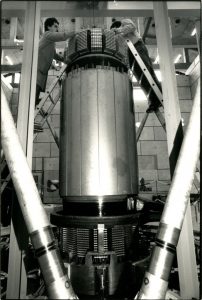
1995
Development of first massively parallel high performance computing (HPC) for fusion research
2000
2002
The “Centre de recherches en physique des plasmas” (CRPP) becomes a center of EPFL School of Basic Sciences
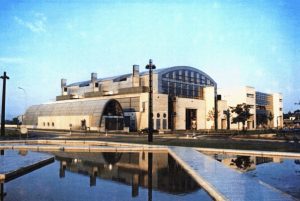
2013
The consortium EUROfusion selects Swiss Plasma Center’s tokamak as one of the three national machines in Europe involved in the design of ITER, the experimental international fusion reactor, as well as in the development of ITER’s successor DEMO, a prototype of a commercial reactor.
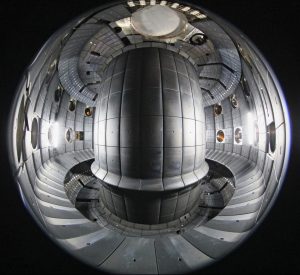
2014
The “Centre de recherches en physique des plasmas” (CRPP) of EPFL joins the EUROfusion Consortium
2015
The “Centre de recherches en physique des plasmas” (CRPP) becomes the Swiss Plasma Center (SPC), upgrading its facilities and expanding its scope of activities.
The first neutral beam (NB) heating system is installed on the TCV tokamak.
